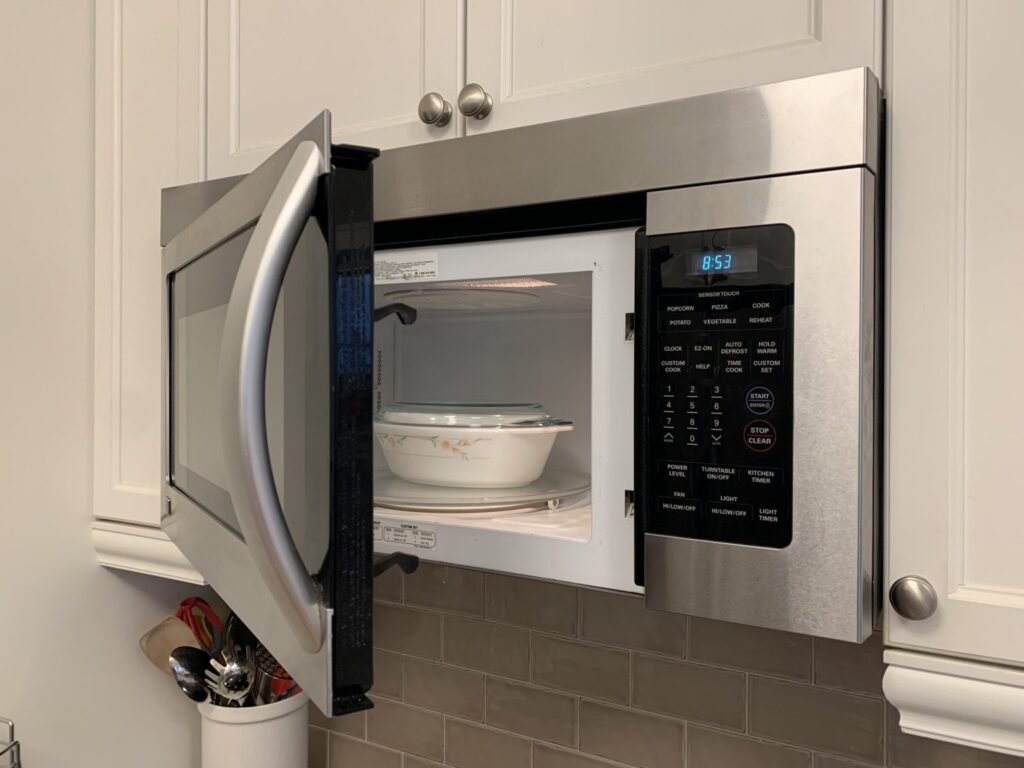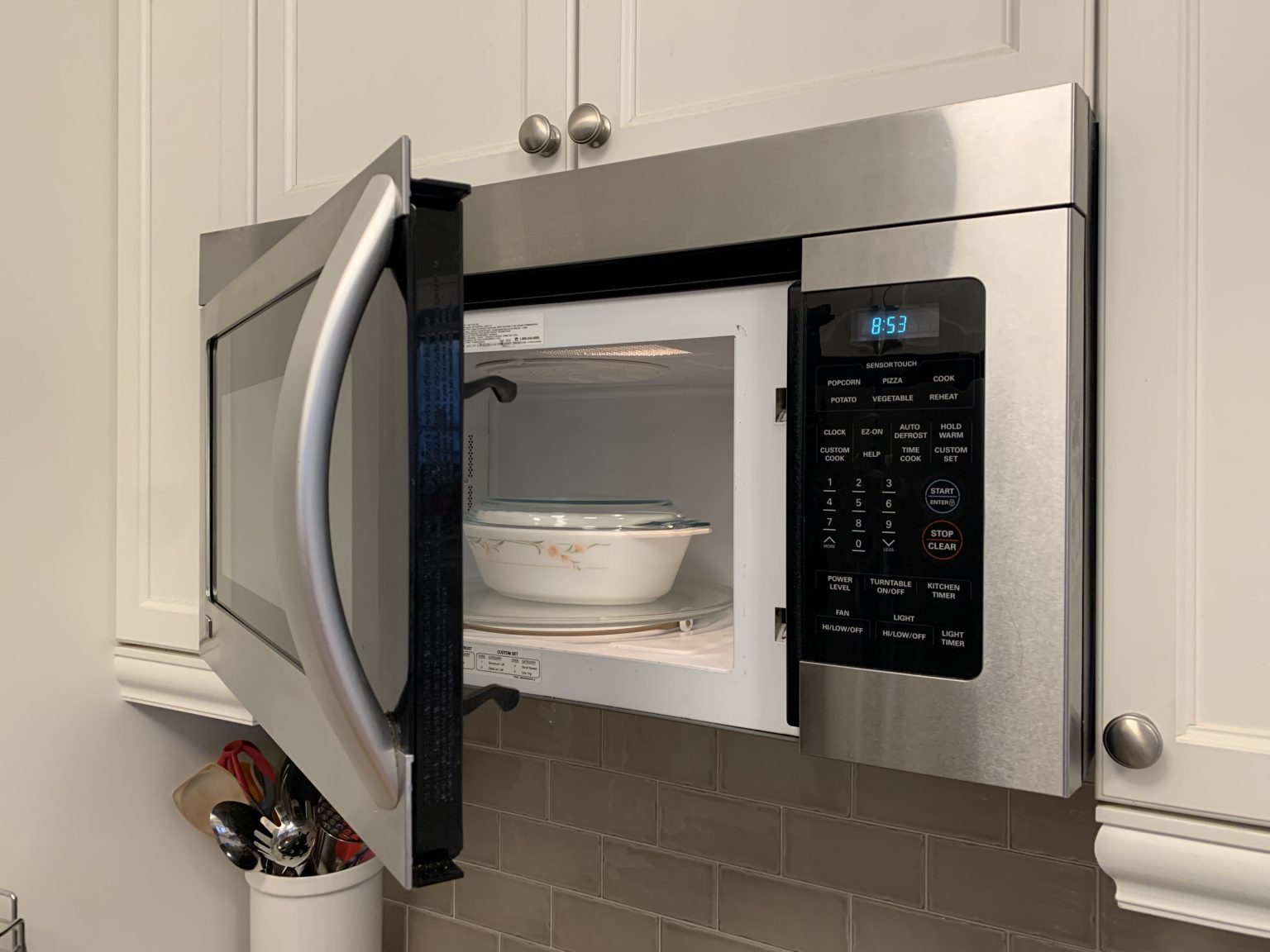
The Multifaceted Uses of Microwaves: Beyond the Kitchen
Microwaves, a form of electromagnetic radiation, are often associated with the ubiquitous kitchen appliance that rapidly heats food. However, the uses of microwaves extend far beyond the culinary realm. From telecommunications to medical treatments, microwaves play a crucial role in various technologies that shape our modern world. This article delves into the diverse and often surprising applications of microwaves, exploring their scientific principles and practical implementations.
Understanding Microwaves
Microwaves are electromagnetic waves with wavelengths ranging from one millimeter to one meter, corresponding to frequencies between 300 MHz and 300 GHz. They occupy a position in the electromagnetic spectrum between radio waves and infrared radiation. Their unique properties, including their ability to penetrate certain materials and their interaction with water molecules, make them invaluable in a wide array of applications.
The Physics of Microwaves
The interaction of microwaves with matter depends on the material’s properties. Polar molecules, such as water, readily absorb microwave energy due to their inherent dipole moment. When microwaves pass through a substance containing water, the water molecules vibrate rapidly, generating heat through molecular friction. This principle is the basis for microwave ovens.
Microwaves in Telecommunications
One of the most significant uses of microwaves is in telecommunications. Microwaves are used to transmit data over long distances, facilitating wireless communication, satellite communication, and radar systems. Their relatively short wavelengths allow for efficient transmission through the atmosphere and the construction of compact antennas.
Wireless Communication
Microwave technology underpins many wireless communication systems, including cellular networks (3G, 4G, and 5G), Wi-Fi, and Bluetooth. These technologies rely on microwave frequencies to transmit voice, data, and video signals between devices. The high bandwidth available at microwave frequencies allows for faster data transfer rates and increased network capacity.
Satellite Communication
Satellites use microwaves to communicate with ground stations. Microwaves can penetrate the Earth’s atmosphere with minimal interference, making them ideal for transmitting signals over vast distances. Satellite communication is essential for global communication networks, television broadcasting, weather forecasting, and GPS navigation.
Radar Systems
Radar (Radio Detection and Ranging) systems utilize microwaves to detect and track objects. A radar system emits a microwave signal, which reflects off a target object. By analyzing the reflected signal, the system can determine the object’s distance, speed, and direction. Radar is used in air traffic control, weather forecasting, military applications, and autonomous vehicles.
Microwaves in Medicine
The uses of microwaves in medicine are becoming increasingly important for both diagnostic and therapeutic purposes. Microwave imaging, microwave ablation, and microwave hyperthermia are some of the innovative applications that leverage the unique properties of microwaves to improve healthcare outcomes.
Microwave Imaging
Microwave imaging is an emerging technology that uses microwaves to create images of the human body. Unlike X-rays or CT scans, microwave imaging does not involve ionizing radiation, making it a safer alternative for certain diagnostic applications. It shows promise in detecting breast cancer, monitoring brain activity, and assessing bone density.
Microwave Ablation
Microwave ablation is a minimally invasive procedure that uses microwave energy to destroy cancerous tissue. A microwave antenna is inserted into the tumor, and microwave energy is applied to heat and destroy the cancer cells. This technique is used to treat liver cancer, lung cancer, and kidney cancer, among other conditions. It offers several advantages over traditional surgery, including reduced recovery time and minimal scarring.
Microwave Hyperthermia
Microwave hyperthermia involves heating cancerous tissue to a temperature that makes it more susceptible to radiation therapy or chemotherapy. Microwaves can be precisely targeted to the tumor site, minimizing damage to surrounding healthy tissue. This technique is used in conjunction with other cancer treatments to improve their effectiveness.
Industrial Applications of Microwaves
Beyond telecommunications and medicine, the uses of microwaves extend into various industrial processes. Microwave heating offers several advantages over conventional heating methods, including faster heating rates, energy efficiency, and precise temperature control.
Microwave Drying
Microwave drying is used to remove moisture from various materials, including food products, pharmaceuticals, and textiles. Microwaves penetrate the material and heat the water molecules, causing them to evaporate quickly. This method is faster and more energy-efficient than traditional drying techniques, and it can also improve the quality of the dried product.
Microwave Sterilization
Microwave sterilization is used to kill microorganisms in medical equipment, food products, and other materials. Microwaves heat the material, destroying the microorganisms and rendering the material safe for use. This method is faster and more effective than traditional sterilization techniques, such as autoclaving.
Microwave Material Processing
Microwaves can be used to process various materials, including ceramics, polymers, and composites. Microwave heating can accelerate chemical reactions, improve material properties, and reduce processing time. This technology is used in the manufacturing of electronic components, automotive parts, and aerospace materials.
Other Notable Uses of Microwaves
The versatility of microwaves extends to a variety of other applications, demonstrating their adaptability and technological importance.
Navigation
GPS (Global Positioning System) relies on microwave signals transmitted from satellites to determine the precise location of a receiver on Earth. This technology is used in navigation systems, surveying equipment, and location-based services.
Scientific Research
Microwaves are used in various scientific experiments and research projects. They are used to study the properties of materials, to generate plasmas, and to conduct spectroscopy. Microwave spectroscopy is a powerful technique for analyzing the molecular structure of substances.
Security Systems
Microwave sensors are used in security systems to detect motion and intrusion. These sensors emit a microwave signal and detect changes in the reflected signal caused by movement. They are used in alarm systems, automatic door openers, and traffic monitoring systems.
Future Trends in Microwave Technology
The field of microwave technology is constantly evolving, with new applications and innovations emerging regularly. Some of the key trends in microwave technology include:
- 5G and Beyond: The development of 5G and future wireless communication technologies will drive further innovation in microwave technology.
- Microwave Photonics: Combining microwave and optical technologies to create high-speed communication systems and advanced sensors.
- Quantum Computing: Using microwaves to control and manipulate qubits in quantum computers.
- Advanced Materials: Developing new materials that interact with microwaves in unique ways, enabling new applications in sensing, imaging, and energy harvesting.
Conclusion
The uses of microwaves are far more extensive than simply heating food in a kitchen appliance. From enabling global communication to revolutionizing medical treatments, microwaves play a critical role in shaping our modern world. As technology continues to advance, the applications of microwaves will undoubtedly expand, further solidifying their importance in various industries and scientific disciplines. Understanding the principles and diverse applications of microwaves is essential for anyone seeking to comprehend the technological landscape of the 21st century. [See also: How Microwave Ovens Work] [See also: The History of Radar Technology]

